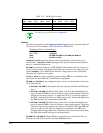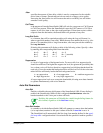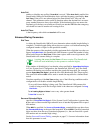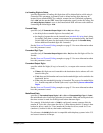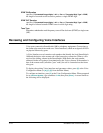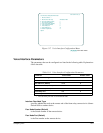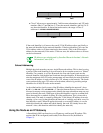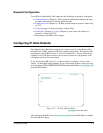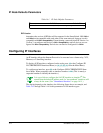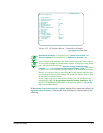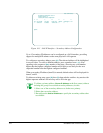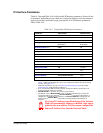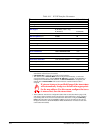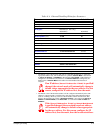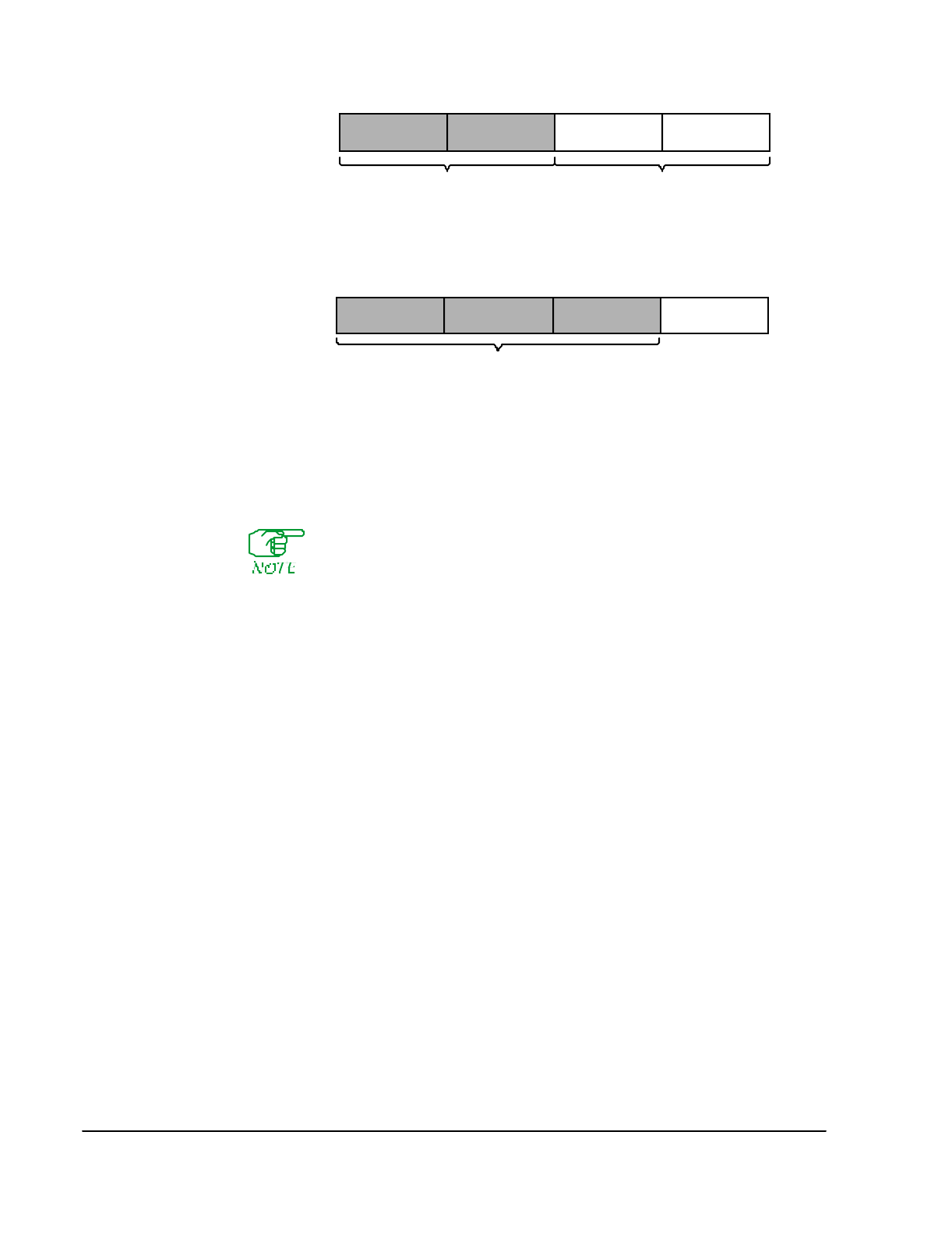
14-2 SmartSwitch 1800 4.0 User Guide, Rev 01
●
Class C allows up to approximately 2 million network numbers, and 255 node
numbers: Bits 0–2 are
110
, bits 3–23 are the network identifier, and bits 24–31
are the node identifier. In dotted decimal notation, the range of Class C
addresses is
192.0.0.0–223.255.255.255
.
If the node identifier is all zeroes, the overall 32-bit IP address refers specifically to
the network identified by the network identifier. If the host identifier is all ones, the
32-bit address refers to all hosts attached to the network. (This is the IP broadcast
address for that network.) If the entire 32 bits are ones, the address refers to all hosts
on the local network.
IP addresses are administered by Standford Research Institute’s Network
Information Center (NIC).
Subnet Addressing
Multiple physical networks can use a single IP network address. This is done by using
a portion of the node identifier (it does not need to be in complete octets) as a "subnet"
identifier. For example, in a Class B network, the first and second octets are the
network identifier, and the third and fourth are the node identifier. If the network con-
tains the maximum of 65,025 nodes, management will most likely be easier if the third
octet of the IP address is used to define up to 255 subnets on the network. The fourth
octet can then define up to 255 nodes on each subnet, effectively providing unique
identifiers for all 65,025 nodes on the network.
As described earlier, the first octet of the IP address identifies the network’s class:
0–127
= A,
128–191
= B, and
192–223
= C. Once the Internet Protocol knows the class,
it knows how many octets are supposed to identify the network and how many are sup-
posed to identify the node. When part of the node identifier is used as a subnet iden-
tifier, there must be a method of telling IP of the modification. This is done with a
subnet mask. The mask is created by taking the 32-bit (binary) IP address, then sub-
stituting a
1
for every bit that identifies the network or a subnet, and a
0
for every bit
that identifies a node. When IP applies this mask to an actual IP address, it can see
which bits identify the subnet and which identify the node. (IP already knows the
network’s class, and therefore which bits identify the network.)
Using the Node as an IP Gateway
A SmartSwitch 1800 can function as an IP gateway, and forward IP packets. This
requires that IP be configured (and loaded) in the Protocols file (described in
Chapter 5).
Network
Node
Network
Node



